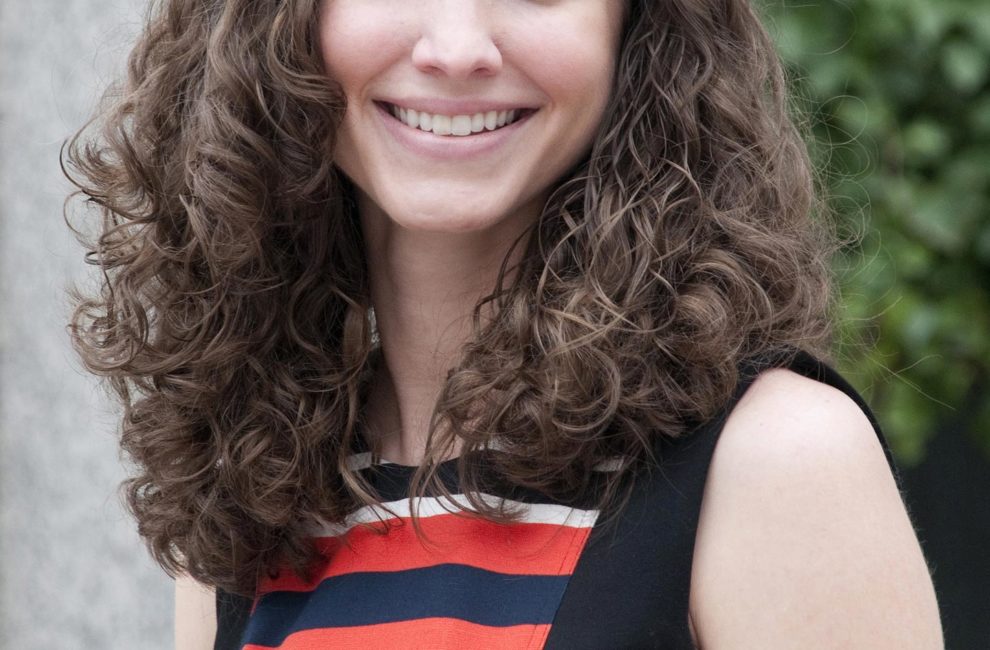
Editor's Note: June 2013
My first mistake was letting my husband pick the double feature. It was mid-spring, and we had pulled into Tibbs Drive-In Theater, just west of downtown. He craned his head to read the selections on the marquee. “The Call and Evil Dead!” he crowed. Okay, sure. Tickets bought, we headed for Screen 3.
I was inspired to schedule date night at Indy’s last-standing drive-in after reading Amy Wimmer Schwarb’s piece on the subject, “Moving Pictures.” Accompanied by photos of outdoor theaters around the state by our own Tony Valainis, the essay explores the importance of these vanishing pieces of Americana—and how the cinemas are fighting to modernize in a world of Netflix and iPads.
Braving the nip of a lingering winter, we visited the concession stand, an old-school gem with a menu board offering cigarettes, lighters, and batteries alongside the chicken tenders and ice-cream sundaes. “Can you add chili and cheese to my hotdog?” I asked the teen behind the counter. If they sell Marlboros, I thought, surely they must have some Tums back there, too, should worse come to worst.
Back in the car, we balanced the cardboard trays of junk food on our laps as the movie started. I draped my coat over my head during large chunks of the demon-soaked Evil Dead, peeking out just in time to see a possessed blonde take an electric kitchen knife to herself. “I feel so much better,” the girl said, as the sinews snapped and her arm dropped to the floor with a satisfying plop.
At intermission, another horror flick of sorts began to play. Images of drive-ins flashed across the screen, followed with a single word: CLOSED. It was a warning. That pair of Hamiltons we’d forked over to buy tickets mostly went to the movie studios. The only real money the drive-in makes comes from concessions. Suddenly, I no longer felt guilty about my chili-cheese dog and ginormous Styrofoam cup of Diet Pepsi. I was helping keep this place in business! And then more relief, as these words popped up: “We plan to keep operating and upgrading for years to come.”
Amy’s story offers further proof that the Tibbs and other Hoosier drive-ins aren’t pulling coats over their heads but are facing their fears. And good thing. I would hate to see another little bit of American cultural history fade to black.
Amanda Heckert is the editor of Indianapolis Monthly.
This column appeared in the June 2013 issue.





